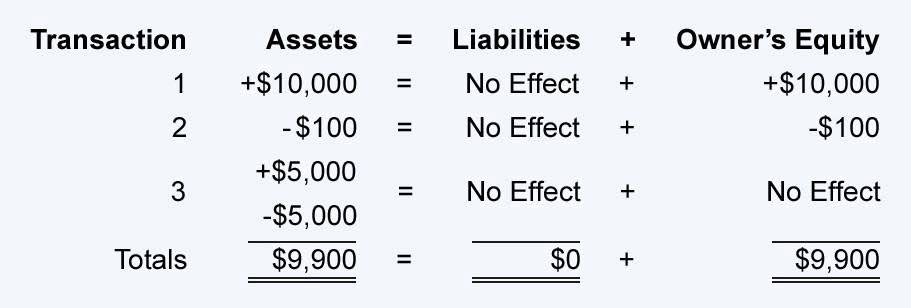
Paying off these expenses within the specified time frame helps companies avoid default. In simpler terms, think of the income statement as a record of a company’s financial performance over a specific period. When we talk about accrued expenses, we’re discussing costs that a business has incurred and benefited from, even if they haven’t yet paid for them or received a bill, over a specific period of time. A balance sheet liability account that reports amounts received in advance of being earned.
Accrual reversal entry
Before we dive into individual line items, here are some balance sheet best practices. According to generally accepted accounting principles (GAAP), expenses should be recorded in the same accounting period as the benefit generated from the related asset. Liabilities are a component of the accounting equation, where liabilities plus equity equals the assets appearing on an organization’s balance sheet. For significant, are expenses liabilities on a balance sheet non-recurring expenses, such as professional services or project-based costs, direct communication with vendors is crucial.
By accessing and using this page you agree to the Terms and Conditions.
Liabilities are categorized on a balance sheet based on their due date, distinguishing between current and non-current obligations. This classification provides insights into a company’s short-term and long-term financial commitments. Current liabilities are financial obligations a company expects to settle within one year from the balance sheet date https://test.subacademy.ng/a-comprehensive-guide-to-form-990-for-nonprofits/ or within its normal operating cycle, whichever is longer. The vagueness of operating lease accounting in the income statement could’ve been a main reason for the push to include it in the balance sheet moving forward.

What Is Considered a Liability on a Balance Sheet?
- On December 2, Direct Delivery purchases a used delivery van for $14,000 by writing a check for $14,000.
- An accrued liability is an expense that a business has incurred but not yet paid for.
- As a result, it should have a credit balance, and to increase its balance the account needs to be credited.
- Imagine that we are tasked with building a 3-statement model for Apple.
- The cost of the land is recorded and reported separately from the cost of buildings since the cost of the land is not depreciated.
- (Some corporations have preferred stock in addition to their common stock.) Shares of common stock provide evidence of ownership in a corporation.
Accrued expenses are costs that a company has incurred but has not yet paid, such as salaries, utilities, or interest, and are recognized when incurred rather than when cash is paid. Because the company isn’t paying these expenses for nothing, they get benefits from them and record them as assets on the balance sheet (operating lease right-of-use assets). The liabilities that they owe over the life of the lease are also recorded (operating lease liabilities). Companies segregate their liabilities by their time Accounting for Marketing Agencies horizon for when they’re due. Current liabilities are due within a year and are often paid using current assets.

Deferred tax assets and liabilities
- There will be a decline in cash assets if a company pays the expense item in cash, or inventory declines if some inventory is written off.
- They fall under the current liabilities category because they should be settled within one year.
- If the expense is meant for an immediately consumed item such as salary, then it is usually charged to expense as incurred.
- Non-current liabilities, due in over a year, typically include debt and deferred payments.
Assets and liabilities are opposite sides of the balance sheet equation, with assets driving business growth and liabilities often funding that growth. Liabilities refer to debts or obligations a business owes, while expenses represent the costs incurred to generate revenue. A company’s net income from the start of the current accounting year until a specified date. For example, the year-to-date net income at May 31, 2025 for a calendar year company is the net income from January 1, 2025 until May 31, 2025.

